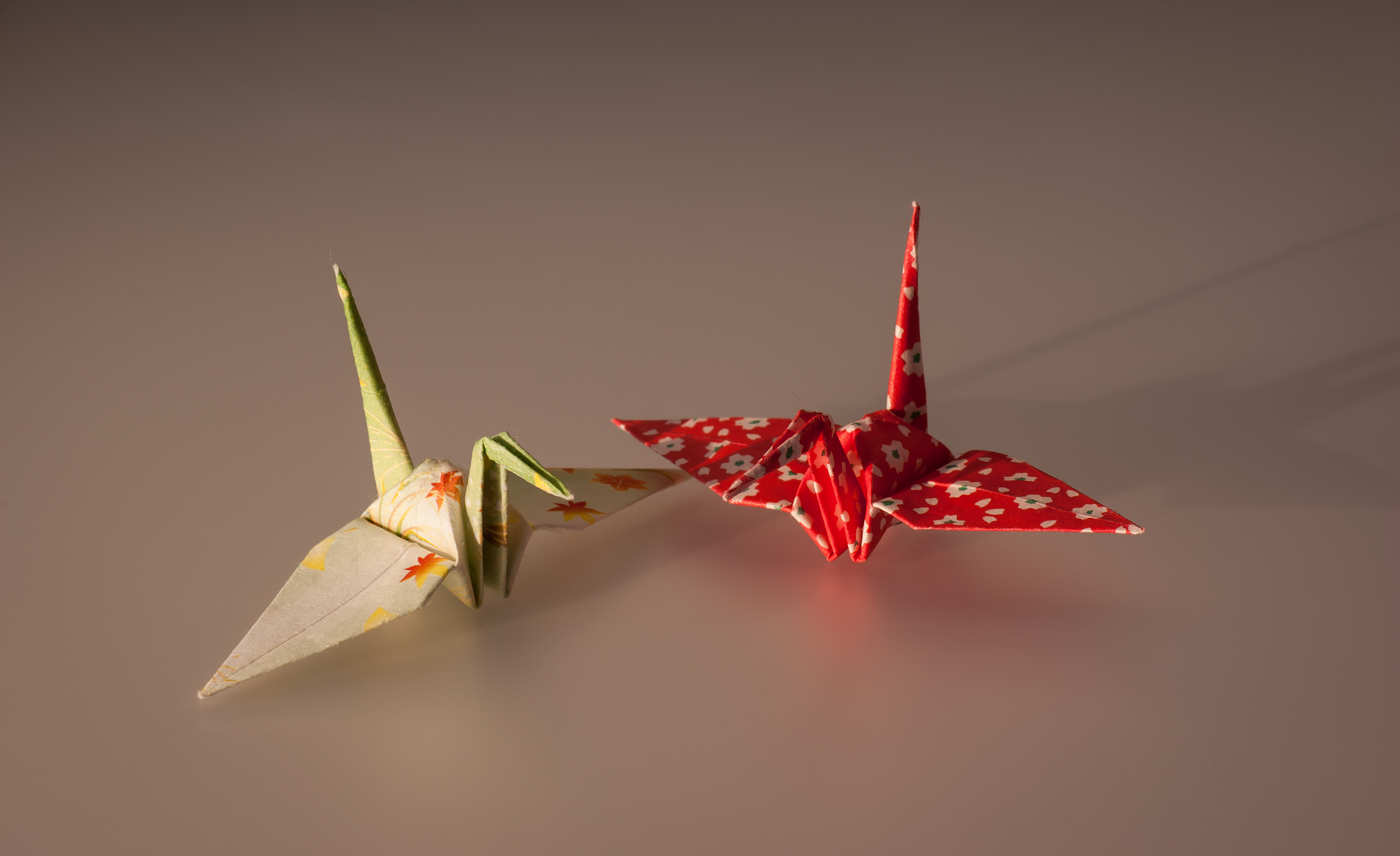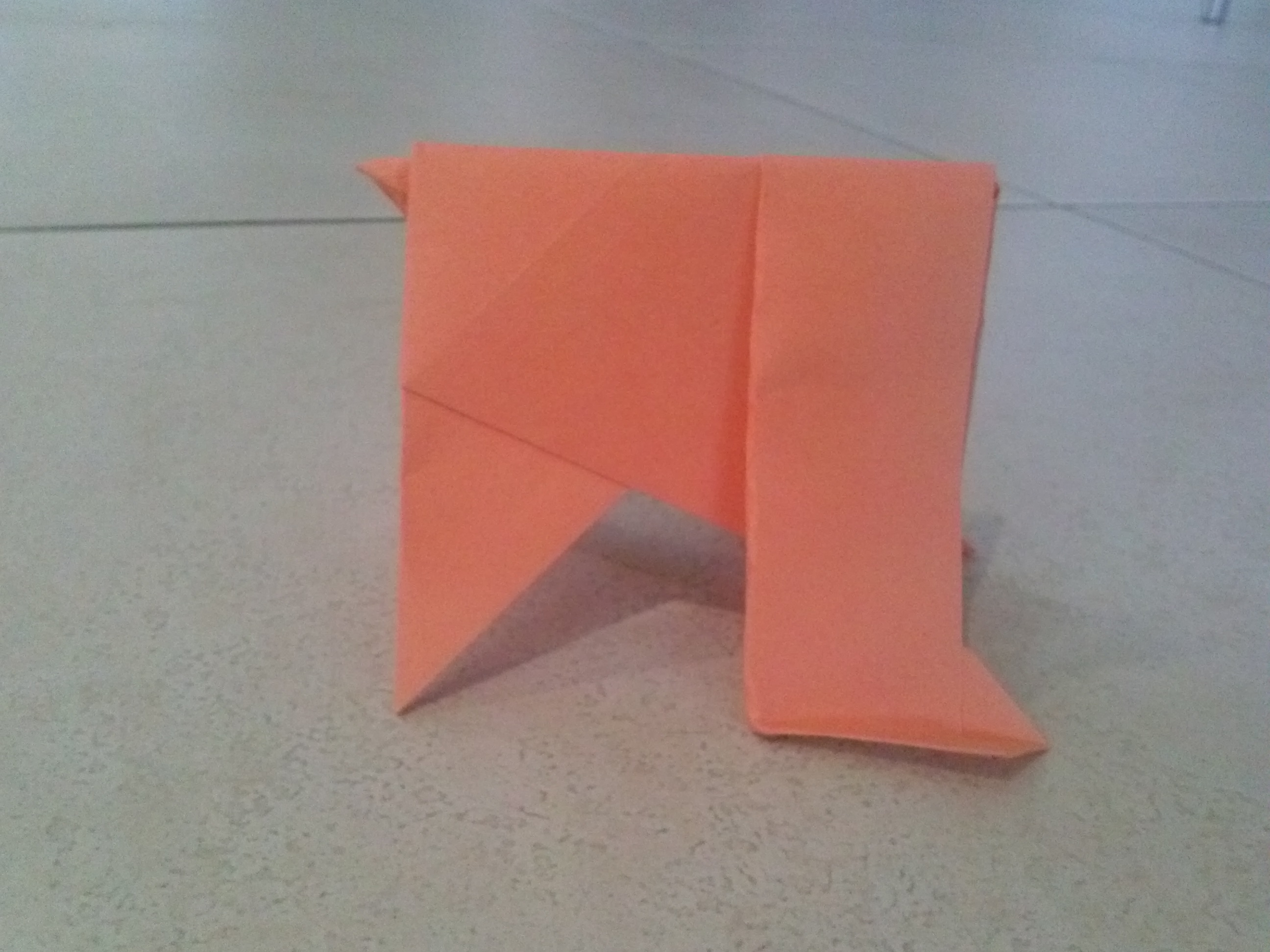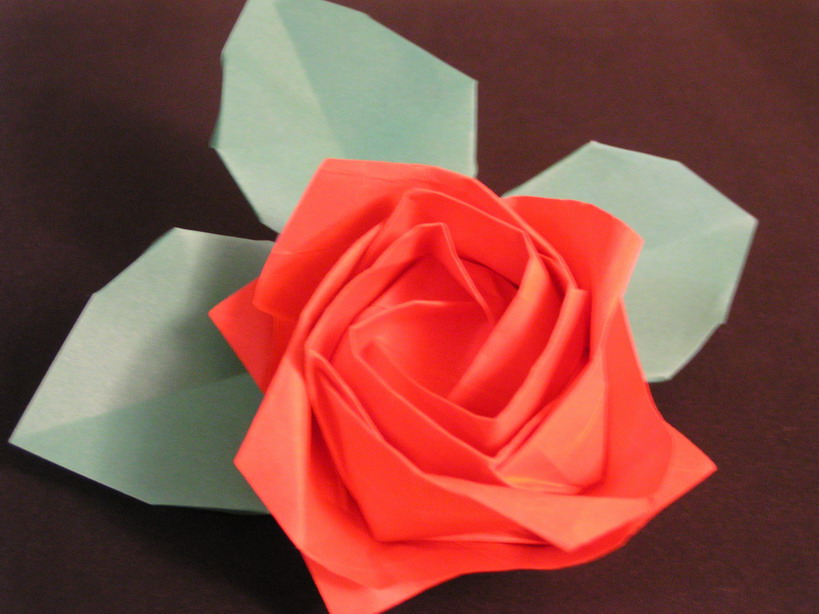|
List Of Origamists
An origamist or an origamian is a person who is associated with the art of origami. Some notable origamists / origamians are: A * Jay Ansill ŌĆō composer and folk musician who also wrote ''The Origami Sourcebook'' D *Martin Demaine and Erik Demaine ŌĆō father-and-son team who manipulate flat paper into swirling forms. E *Peter Engel ŌĆō author of several origami books including ''Origami from Angelfish to Zen'', ''10-Fold Origami: Fabulous Paperfolds You Can Make in Just 10 Steps!'', and ''Origami Odyssey'' F *Tomoko Fuse (ÕĖāµ¢Į ń¤źÕŁÉ) ŌĆō famous for boxes and unit origami G * Ilan Garibi ŌĆō Israeli origami artist and designer * Alice Gray ŌĆō co-founder of the non-profit Friends of the Origami Center in New York H *Robert Harbin ŌĆō popularised origami in Britain; also presented a series of short programmes entitled ''Origami'', made by Thames Television for ITV * Jacob Hashimoto ŌĆō created a large-scale paper mobile at Mary Boone Gallery *David A. Huffman ŌĆ ... [...More Info...] [...Related Items...] OR: [Wikipedia] [Google] [Baidu] |
Origami
) is the Japanese paper art, art of paper folding. In modern usage, the word "origami" is often used as an inclusive term for all folding practices, regardless of their culture of origin. The goal is to transform a flat square sheet of paper into a finished sculpture through folding and sculpting techniques. Modern origami practitioners generally discourage the use of cuts, glue, or markings on the paper. Origami folders often use the Japanese word ' to refer to designs which use cuts. On the other hand, in the detailed Japanese classification, origami is divided into stylized ceremonial origami (ÕäĆńż╝µŖśŃéŖń┤Ö, ''girei origami'') and recreational origami (ķüŖµł»µŖśŃéŖń┤Ö, ''y┼½gi origami''), and only recreational origami is generally recognized as origami. In Japan, ceremonial origami is generally called "origata" (:ja:µŖśÕĮó) to distinguish it from recreational origami. The term "origata" is one of the old terms for origami. The small number of basic Origami techniques, ... [...More Info...] [...Related Items...] OR: [Wikipedia] [Google] [Baidu] |
HuzitaŌĆōHatori Axioms
The HuzitaŌĆōJustin axioms or HuzitaŌĆōHatori axioms are a set of rules related to the Mathematics of paper folding, mathematical principles of origami, describing the operations that can be made when folding a piece of paper. The Axiom, axioms assume that the operations are completed on a plane (i.e. a perfect piece of paper), and that all folds are linear. These are not a minimal set of axioms but rather the complete set of possible single folds. The first seven axioms were first discovered by French folder and mathematician Jacques Justin in 1986. Axioms 1 through 6 were rediscovered by Japanese people, Japanese-Italy, Italian mathematician Humiaki Huzita and reported at ''the First International Conference on Origami in Education and Therapy'' in 1991. Axioms 1 though 5 were rediscovered by Auckly and Cleveland in 1995. Axiom 7 was rediscovered by Koshiro Hatori in 2001; Robert J. Lang also found axiom 7. The seven axioms The first 6 axioms are known as Justin's axioms or Huzita ... [...More Info...] [...Related Items...] OR: [Wikipedia] [Google] [Baidu] |
Matthew T
{{disambiguation ...
Matthew may refer to: * Matthew (given name) * Matthew (surname) * ''Matthew'' (ship), the replica of the ship sailed by John Cabot in 1497 * ''Matthew'' (album), a 2000 album by rapper Kool Keith * Matthew (elm cultivar), a cultivar of the Chinese Elm ''Ulmus parvifolia'' Christianity * Matthew the Apostle, one of the apostles of Jesus * Gospel of Matthew, a book of the Bible See also * Matt (given name), the diminutive form of Matthew * Mathew, alternative spelling of Matthew * Matthews (other) * Matthew effect * Tropical Storm Matthew (other) The name Matthew was used for three tropical cyclones in the Atlantic Ocean, replacing Mitch after 1998. * Tropical Storm Matthew (2004) - Brought heavy rain to the Gulf Coast of Louisiana, causing light damage but no deaths. * Tropical Storm Matt ... [...More Info...] [...Related Items...] OR: [Wikipedia] [Google] [Baidu] |
Jun Maekawa
is a Japanese software engineer, mathematician, and origami artist. He is known for popularizing the method of utilizing crease patterns in designing origami models, with his 1985 publication ''Viva Origami'', as well as other paperfolding-related theorems and mathematical analysis. One of them being Maekawa's theorem in relation to the flat-foldability of origami models. Maekawa currently serves on the committee board of the Japanese Origami Academic Society (JOAS), of which he also served as the committee-chief in the previous years. Outside of extensive research in mathematical-related topics, he also publishes articles on origami-related history and occurrences in the JOAS publications. He is the president of a software firm in Japan, and a member of the Astronomical Society of Japan. Publications *''Viva Origami'', 1985 *''Genuine Origami'' (µ£¼µĀ╝µŖśŃéŖń┤Ö), 2007 *''Genuine Origami \scriptstyle \sqrt'', 2009 *''Folding Geometry'', 2016 References *Biography, ''Genuin ... [...More Info...] [...Related Items...] OR: [Wikipedia] [Google] [Baidu] |
Sipho Mabona
''Sipho'' is a genus of sea snails, marine gastropod mollusks in the family Buccinidae, the true whelks. The name of the genus ''Sipho'' M├Črch, 1852 x Klein X, or x, is the twenty-fourth and third-to-last letter in the Latin alphabet, used in the modern English alphabet, the alphabets of other western European languages and others worldwide. Its name in English is ''"ex"'' (pronounced ), ...has become invalid and is a synonym of '' Colus'' R├Čding, 1798. A previous use of the genus name ''Sipho'' T. Brown, 1827 is now a synonym of '' Puncturella'' Species All the species that used to belong to the genus ''Sipho'' have become synonyms of other species in the family Buccinidae. * ''Sipho astrolabiensis'' Strebel, 1908: synonym of '' Prosipho astrolabiensis'' (Strebel, 1908) References External links * Buccinidae {{Buccinidae-stub ... [...More Info...] [...Related Items...] OR: [Wikipedia] [Google] [Baidu] |
British Origami Society
The British Origami Society is a registered charity (no. 293039), devoted to the art of origami (paper folding). The Society has 700 members worldwide and publishes a bi-monthly magazine called "British Origami". They also have a library which is one of the world's largest collections of Origami resources, containing well over 4000 books, and a similar quantity of magazines, journals, convention packs and catalogues. As stated in the constitution of the society, its aims are, "to advance public education in the art of Origami and to promote the study and practice of Origami in education and as a means of therapy for the relief of people who are sick or mentally or physically handicapped".The constitution of the British Origami Society. http://www.britishorigami.info/society/constitution.php The society was founded at its inaugural meeting held at The Russell Hotel in London 28 October 1967. It was formed from the Origami Portfolio Society which had been founded in 1965. The first ... [...More Info...] [...Related Items...] OR: [Wikipedia] [Google] [Baidu] |
David Lister (origami Historian)
David Lister (18 April 1930 ŌĆō 13 February 2013) was the world's leading origami historian. He was a founding member of the British Origami Society. He wrote its constitution and served as its first president. Personal life Born in Grimsby, Lincolnshire, Lister was educated at a state school in Grimsby before earning a degree in history at Downing College, Cambridge. He then worked as a solicitor in Grimsby. Lister had three children and six grandchildren. Origami Lister was interested in Origami since he was young, but took it up in earnest in 1955 after seeing Robert Harbin on television in the childrenŌĆÖs show ''Mr Left and Mr Right''. He corresponded with Lillian Oppenheimer and became a member of the Origami Portfolio Society founded in 1965. In 1967 he was an inaugural member of the British Origami Society and its first president, a position he also held from 1998 to 2002. During his life he built a large library that included 5,000 origami related items. He research ... [...More Info...] [...Related Items...] OR: [Wikipedia] [Google] [Baidu] |
NASA
The National Aeronautics and Space Administration (NASA ) is an independent agency of the US federal government responsible for the civil space program, aeronautics research, and space research. NASA was established in 1958, succeeding the National Advisory Committee for Aeronautics (NACA), to give the U.S. space development effort a distinctly civilian orientation, emphasizing peaceful applications in space science. NASA has since led most American space exploration, including Project Mercury, Project Gemini, the 1968-1972 Apollo Moon landing missions, the Skylab space station, and the Space Shuttle. NASA supports the International Space Station and oversees the development of the Orion spacecraft and the Space Launch System for the crewed lunar Artemis program, Commercial Crew spacecraft, and the planned Lunar Gateway space station. The agency is also responsible for the Launch Services Program, which provides oversight of launch operations and countdown management f ... [...More Info...] [...Related Items...] OR: [Wikipedia] [Google] [Baidu] |
Robert J
The name Robert is an ancient Germanic given name, from Proto-Germanic "fame" and "bright" (''Hr┼Ź├Šiberhtaz''). Compare Old Dutch ''Robrecht'' and Old High German ''Hrodebert'' (a compound of '' Hruod'' ( non, Hr├│├░r) "fame, glory, honour, praise, renown" and ''berht'' "bright, light, shining"). It is the second most frequently used given name of ancient Germanic origin. It is also in use as a surname. Another commonly used form of the name is Rupert. After becoming widely used in Continental Europe it entered England in its Old French form ''Robert'', where an Old English cognate form (''Hr─ōodb─ōorht'', ''Hrodberht'', ''Hr─ōodb─ōor├░'', ''Hr┼ōdb┼ōr├░'', ''Hr┼ōdber├░'', ''Hr┼Ź├░berŽćt┼Ģ'') had existed before the Norman Conquest. The feminine version is Roberta. The Italian, Portuguese, and Spanish form is Roberto. Robert is also a common name in many Germanic languages, including English, German, Dutch, Norwegian, Swedish, Scots, Danish, and Icelandic. It can be use ... [...More Info...] [...Related Items...] OR: [Wikipedia] [Google] [Baidu] |
Marc Kirschenbaum
Marc Kirschenbaum (born 1969) is an American origami artist, designer, and board member of OrigamiUSA. He is known for creation of complex origami models, including various instrumentalists, insects, and erotic origami works,Village Voice, February 28-March 8, 2007 called "pornigami". He has three books on how to do some of the origami pieces that he has made. The books are titled ''Paper in Harmony'',marckrsh.home.pipeline.com ''Origami Bugs'', ''Erotic Origami'', anPure and Simple Origami ''Erotic Origami'' contains instructions on how to create 12 different pieces. Biography Marc Kirschenbaum was born in New York City New York, often called New York City or NYC, is the most populous city in the United States. With a 2020 population of 8,804,190 distributed over , New York City is also the most densely populated major city in the Un ... in 1969. He began folding paper when he was 3 and started designing his own origami models during childhood.The P ... [...More Info...] [...Related Items...] OR: [Wikipedia] [Google] [Baidu] |
Toshikazu Kawasaki
is a Japanese paperfolder and origami theorist who is known for his geometrically innovative models. He is particularly famous for his series of fourfold symmetry "roses", all based on a twisting maneuver that allows the petals to seem to curl out from the center of the flower. Kawasaki also teaches mathematics at Sasebo Technical Junior College. Kawasaki was the first to develop the technique of iso-area folding, which allows the folder to end up with each side of the paper displayed in equal amounts. It consists of building a mirror-symmetrical crease pattern and then collapsing it to find a finished form, usually a geometric shape such as a cube. He also discovered and proved that with any given flat point in an origami model, the sum of alternating angles is always equal to 180 degrees, a result now known as Kawasaki's theorem Kawasaki's theorem or KawasakiŌĆōJustin theorem is a theorem in the mathematics of paper folding that describes the crease patterns with a single ... [...More Info...] [...Related Items...] OR: [Wikipedia] [Google] [Baidu] |
Polyhedra
In geometry, a polyhedron (plural polyhedra or polyhedrons; ) is a three-dimensional shape with flat polygonal faces, straight edges and sharp corners or vertices. A convex polyhedron is the convex hull of finitely many points, not all on the same plane. Cubes and pyramids are examples of convex polyhedra. A polyhedron is a 3-dimensional example of a polytope, a more general concept in any number of dimensions. Definition Convex polyhedra are well-defined, with several equivalent standard definitions. However, the formal mathematical definition of polyhedra that are not required to be convex has been problematic. Many definitions of "polyhedron" have been given within particular contexts,. some more rigorous than others, and there is not universal agreement over which of these to choose. Some of these definitions exclude shapes that have often been counted as polyhedra (such as the self-crossing polyhedra) or include shapes that are often not considered as valid polyhed ... [...More Info...] [...Related Items...] OR: [Wikipedia] [Google] [Baidu] |



